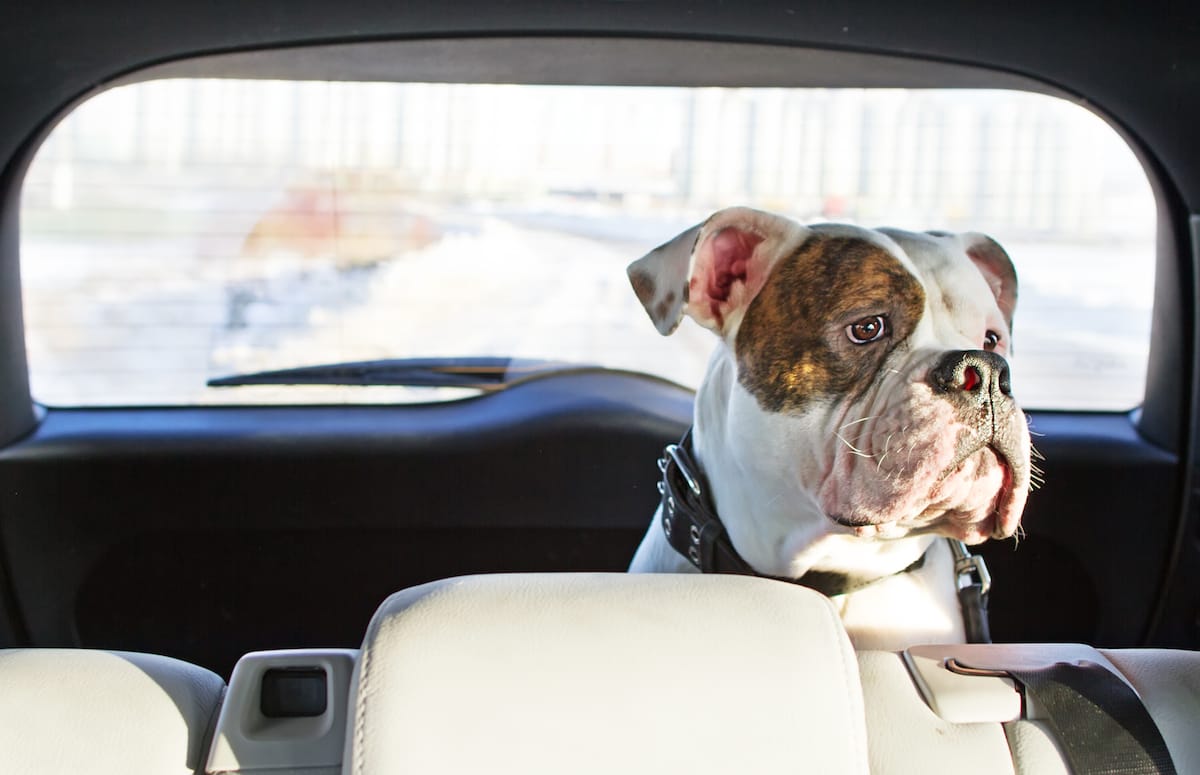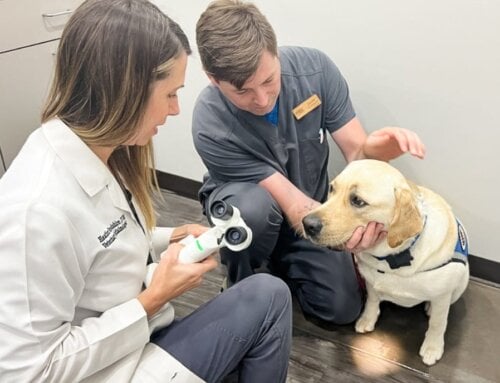Summer’s here. Can you feel it? If it’s too hot for you to be outside or in a parked car, then it’s too hot for your pets. Be mindful of hyperthermia and heat stroke, conditions that can arise when your dog’s natural ability to regulate temperature by panting can’t keep up with elevated external temperatures and high humidity. Non fever-related hyperthermia can develop when a dog’s body temperature is above 103°F. Heat stroke is more severe, appearing at an elevated temperature of 106°F. They are most likely to occur when a dog is in a small, hot space without ventilation, such as a car, or outside for too long on a hot day without access to shade and water.
Dogs that are more likely to develop these conditions are ones with restricted airways, such as brachycephalic (flat-faced) breeds of Pug, Boxer and Bulldog; dogs that are exhausted from exercise or excitement; and dogs that are wearing a muzzle. Keep an eye out for symptoms, which can include:
- Rapid panting and/or excessive drooling
- Bright red tongue and gums
- Decreased urine output
- Rapid or irregular heart rate
- Lethargy or weakness
- Muscle tremors or stiffness
- Unstable gate, dizziness
- Diarrhea, vomiting
Hyperthermia and heat stroke are serious medical emergencies. If your dog shows any of these symptoms, immediately begin to cool him down by offering water to drink (but don’t force him to drink) and spray or immerse your dog in cool water. Then, call your veterinary office or seek help from an after-hours emergency veterinary practice.
















